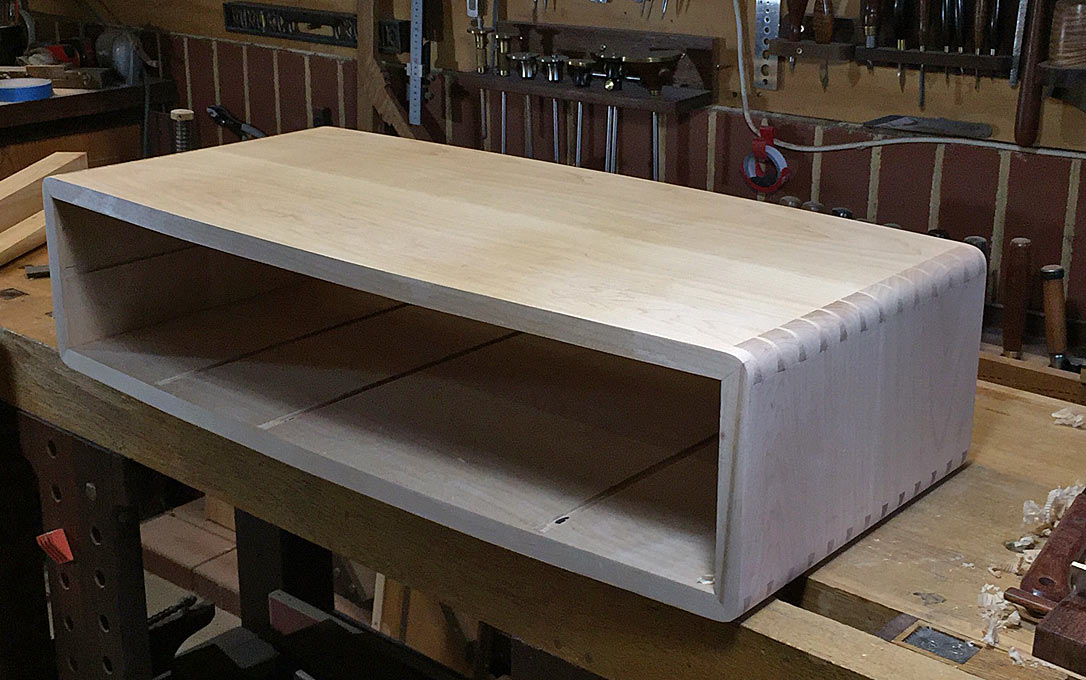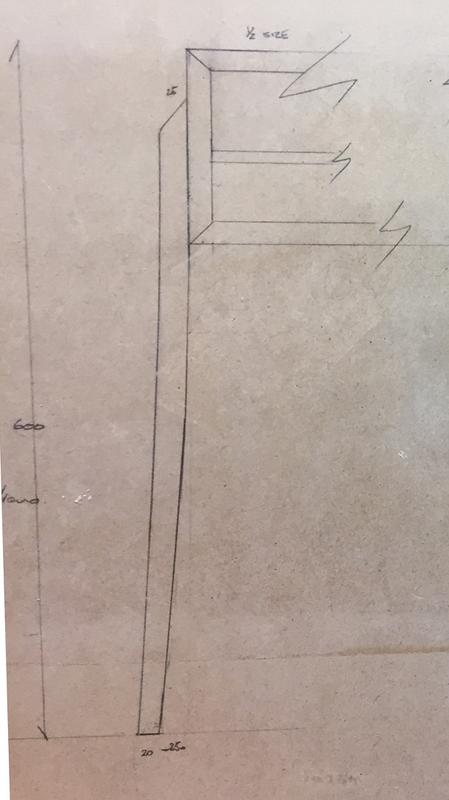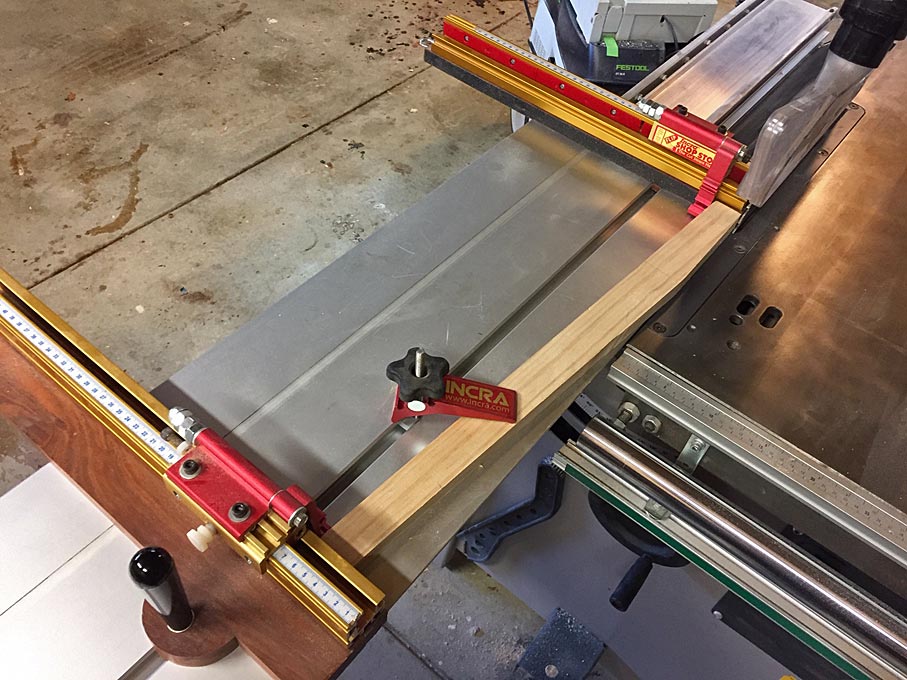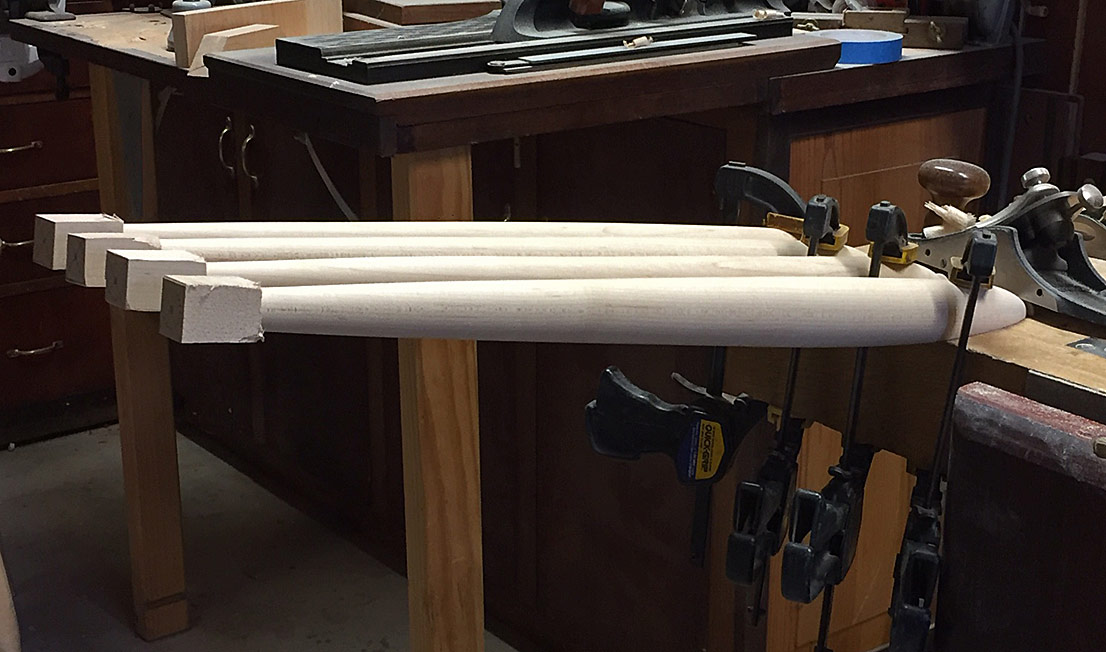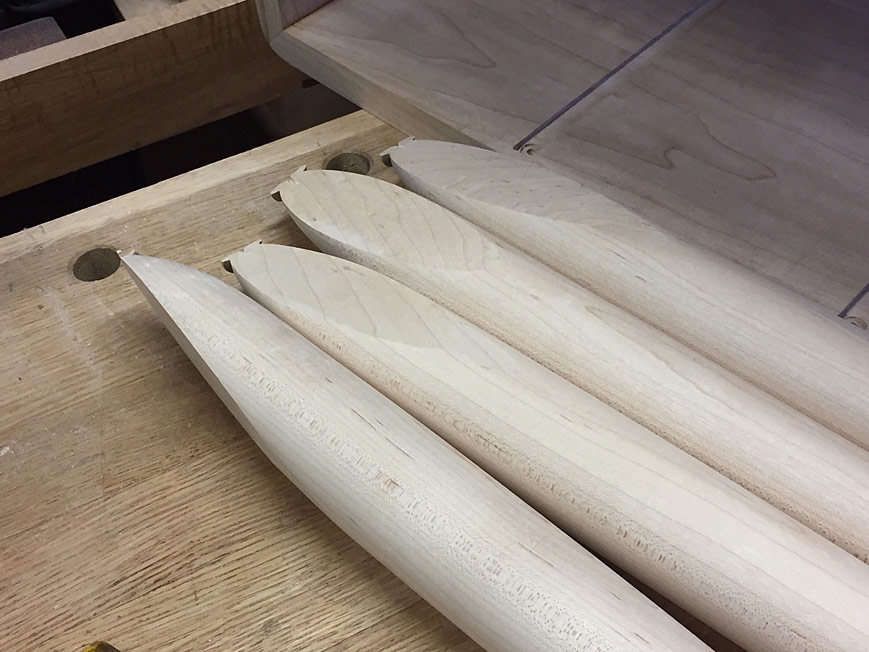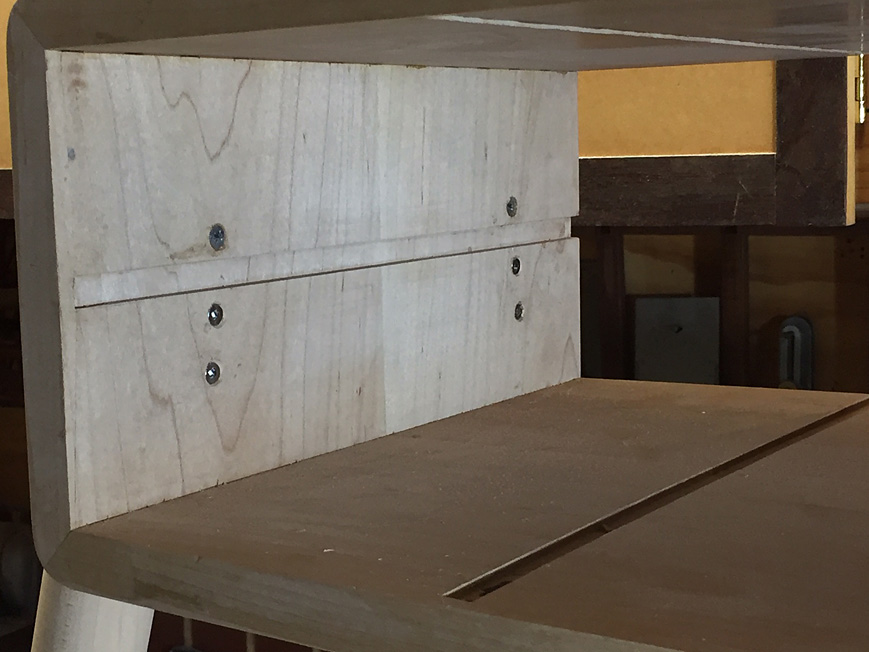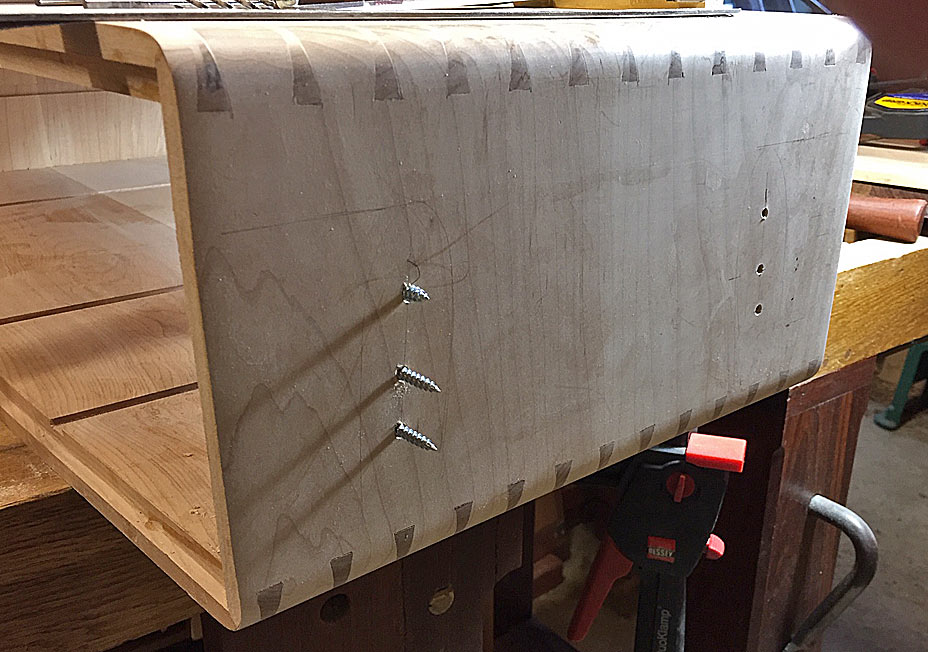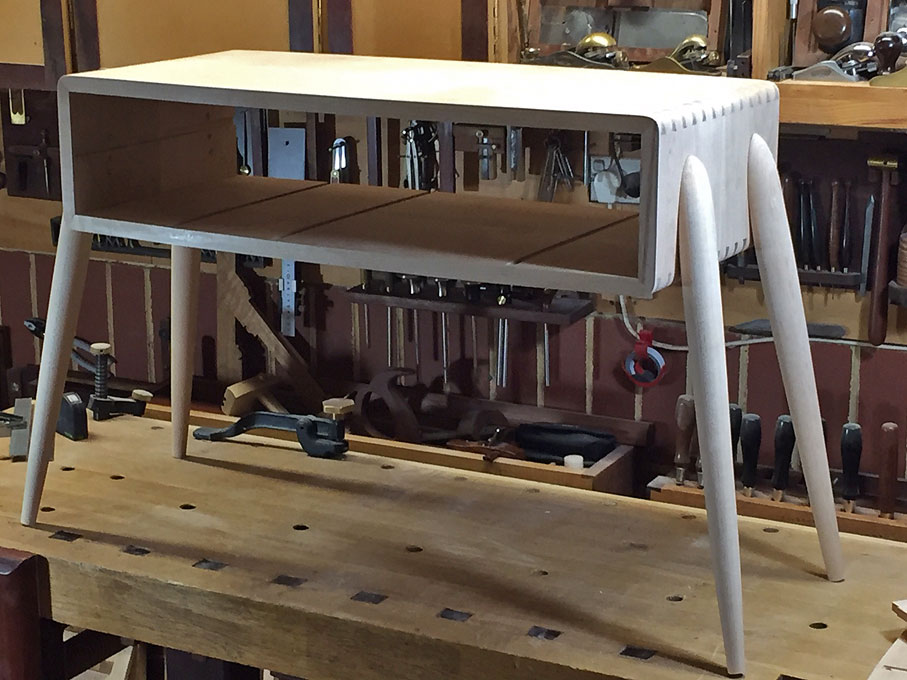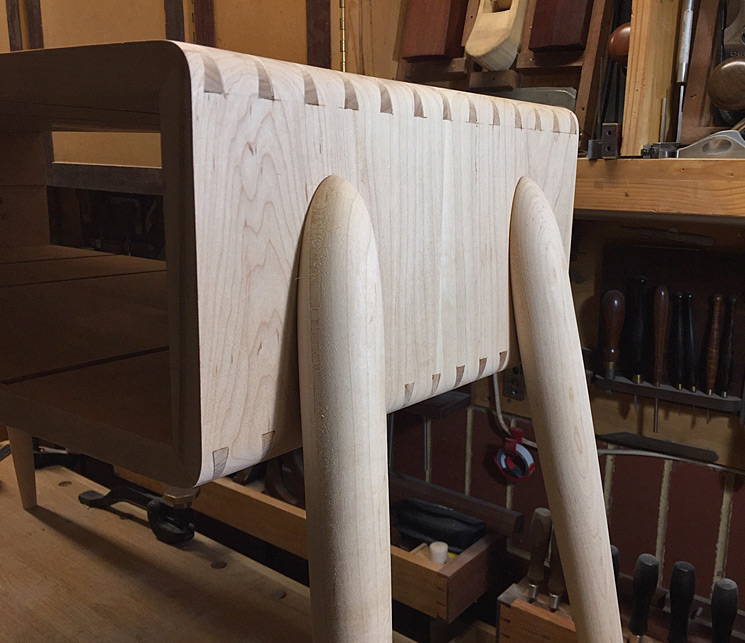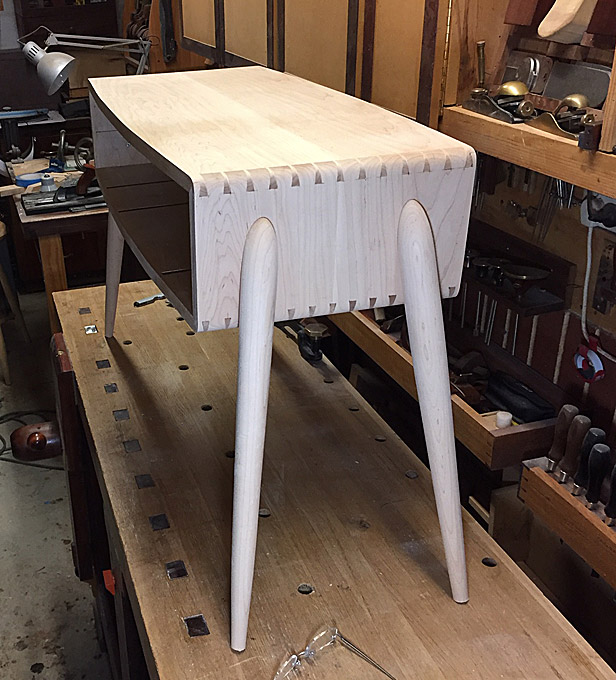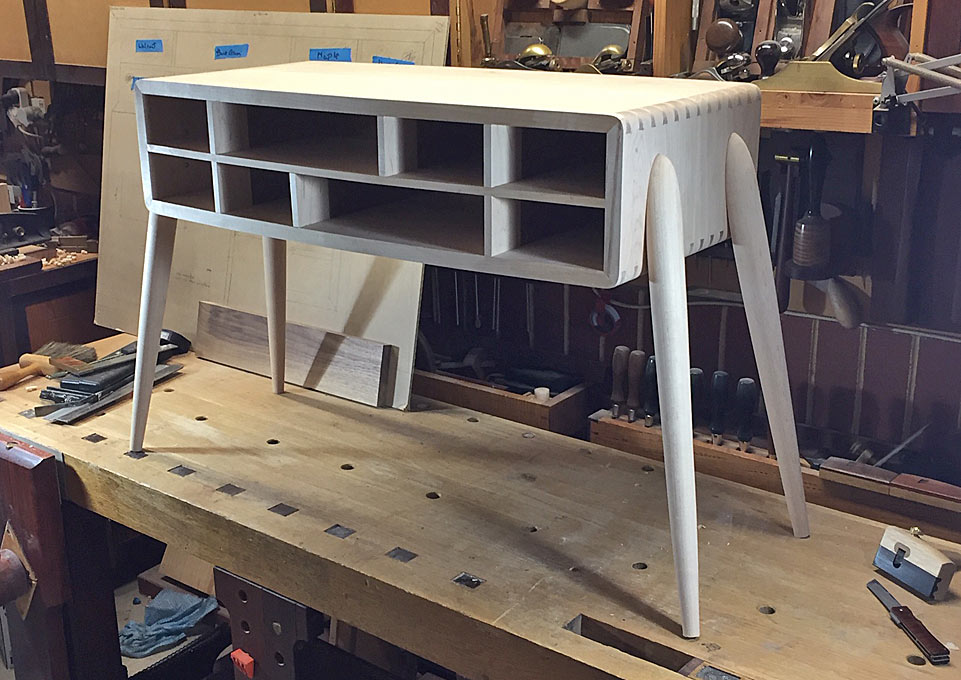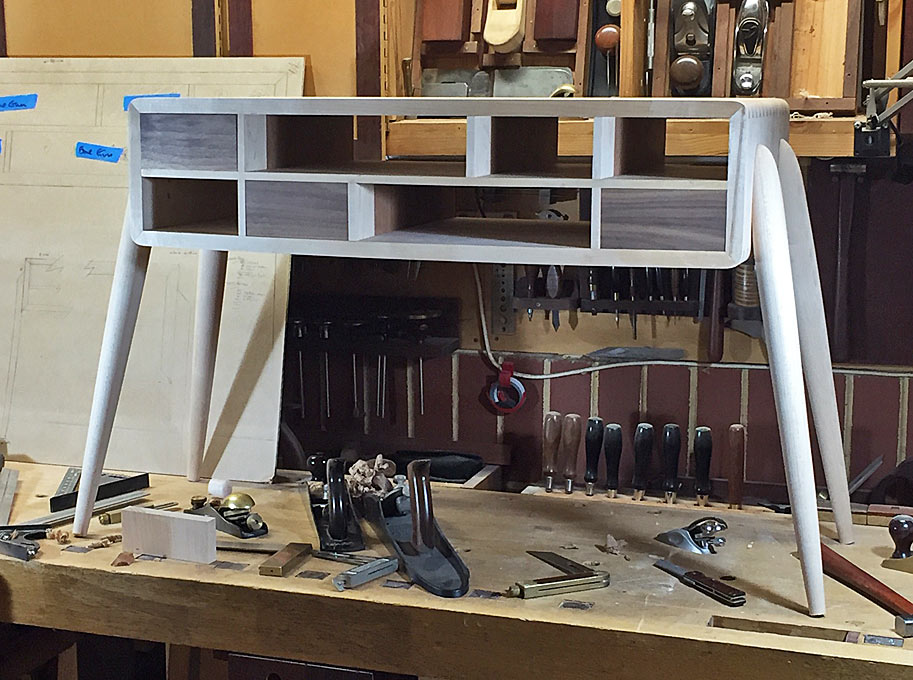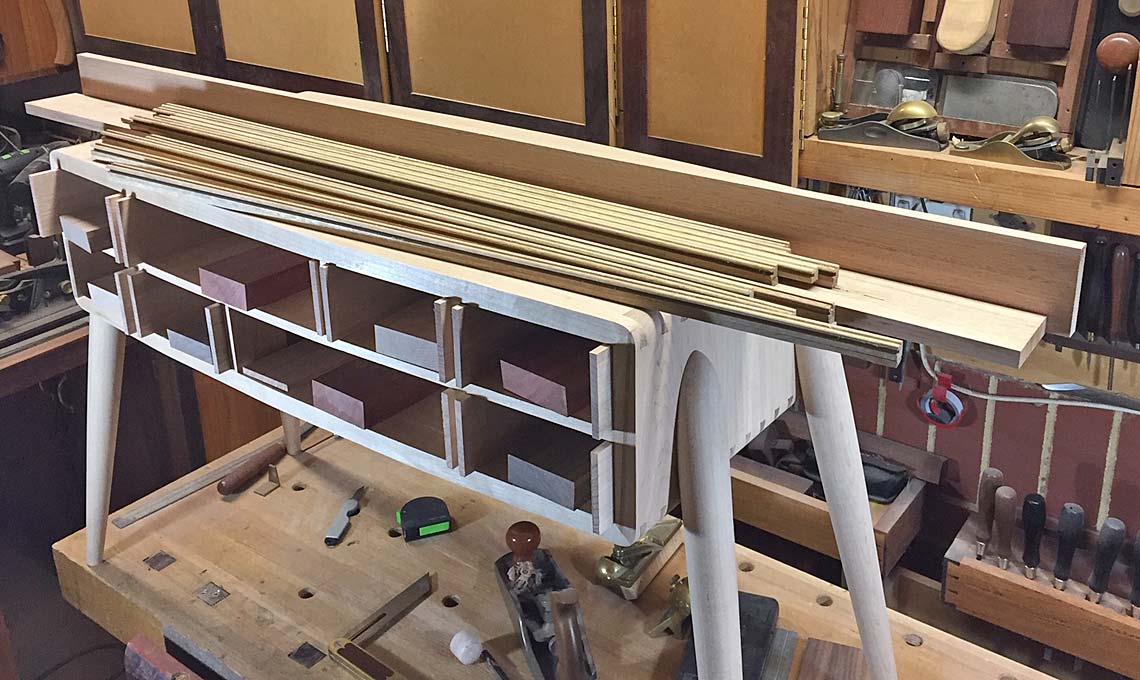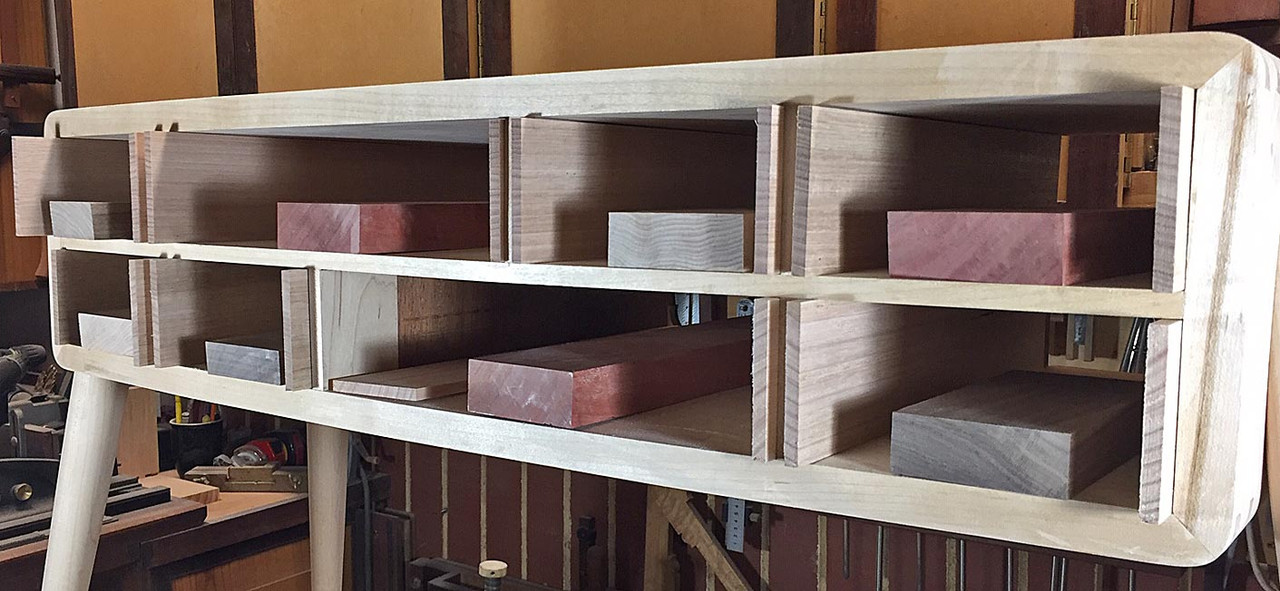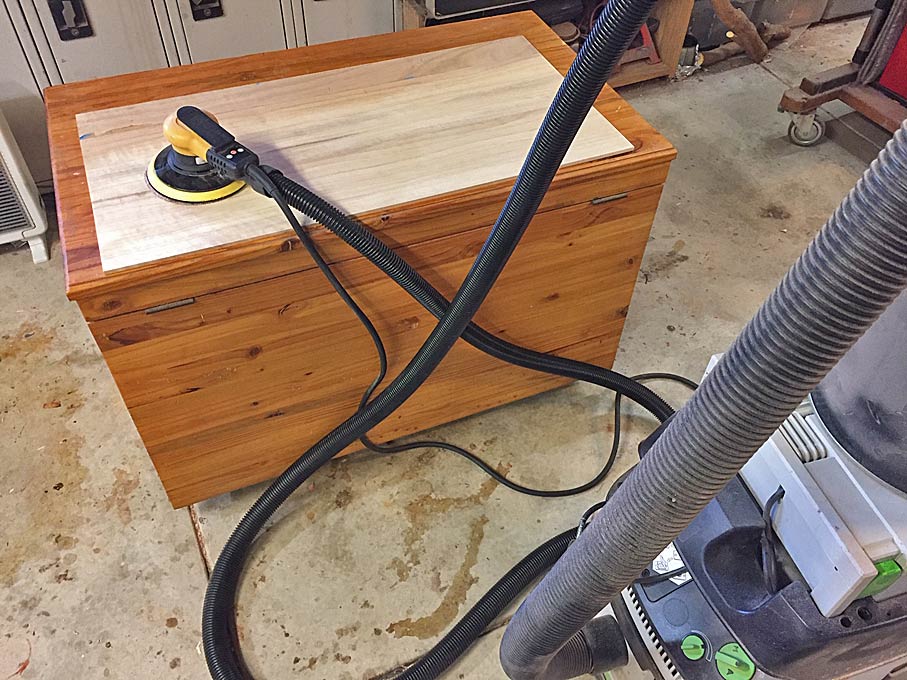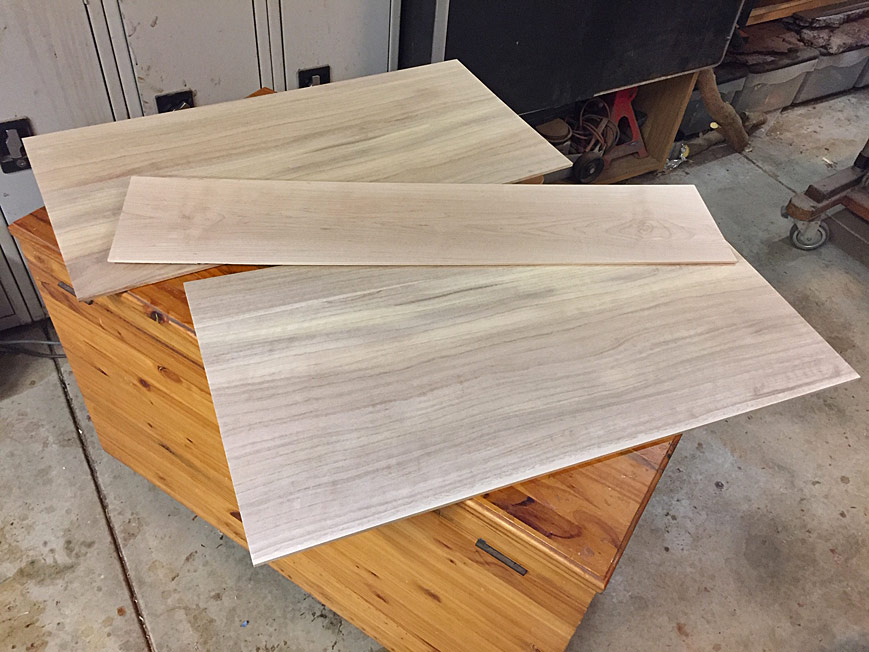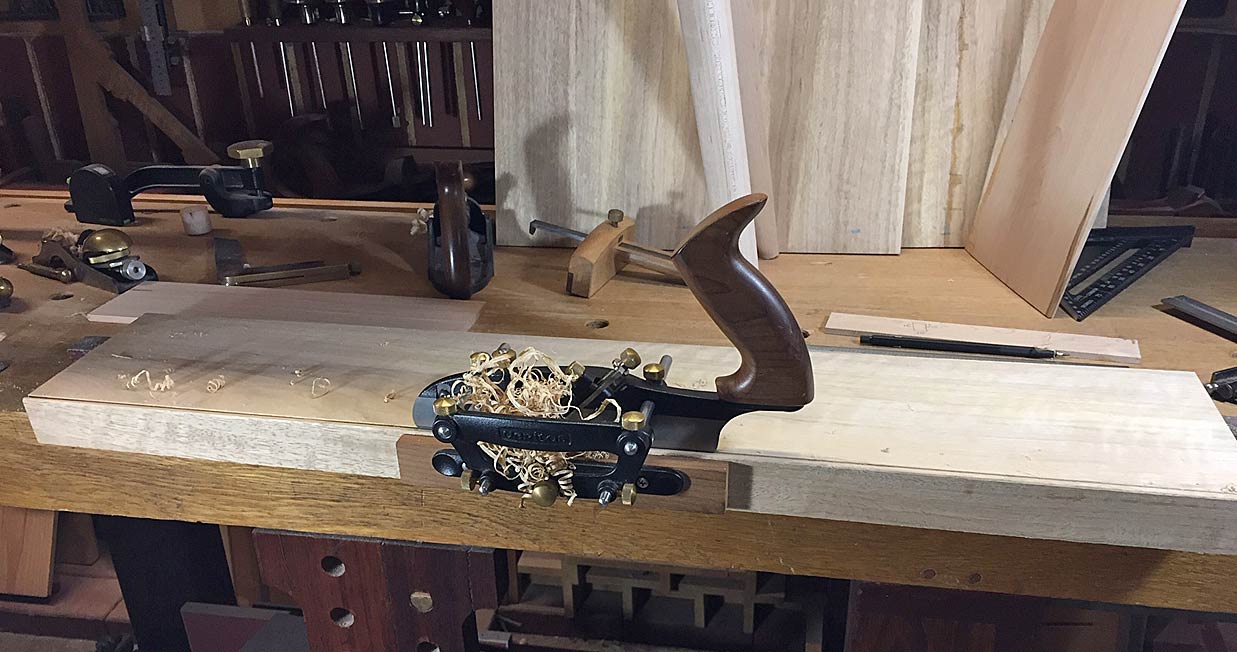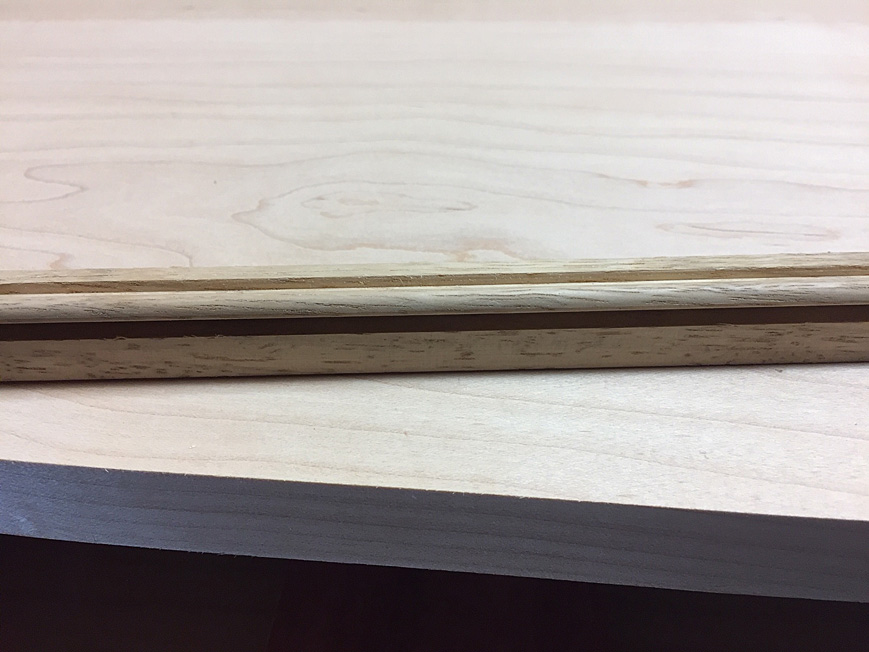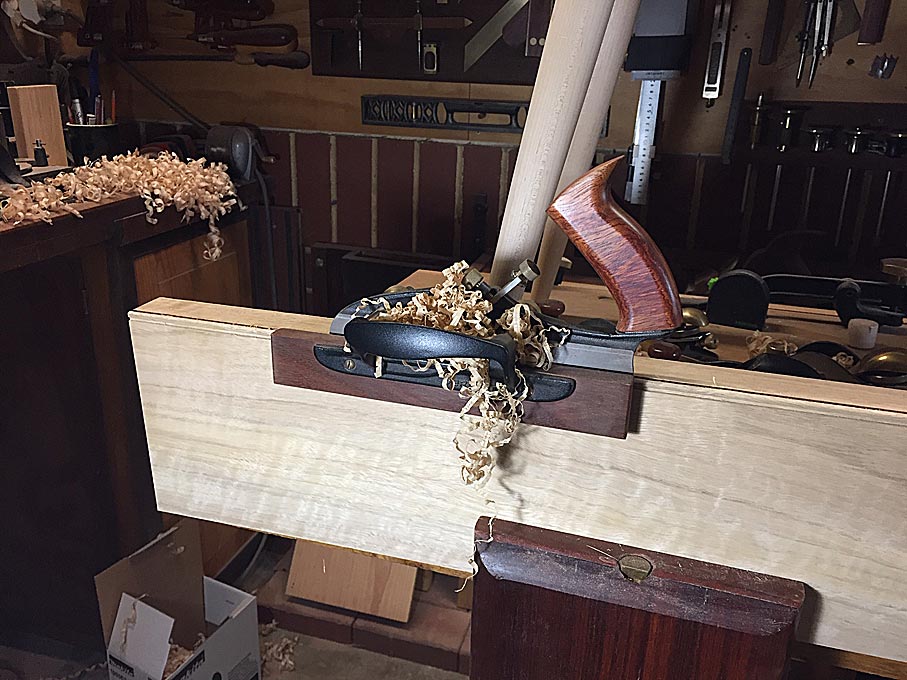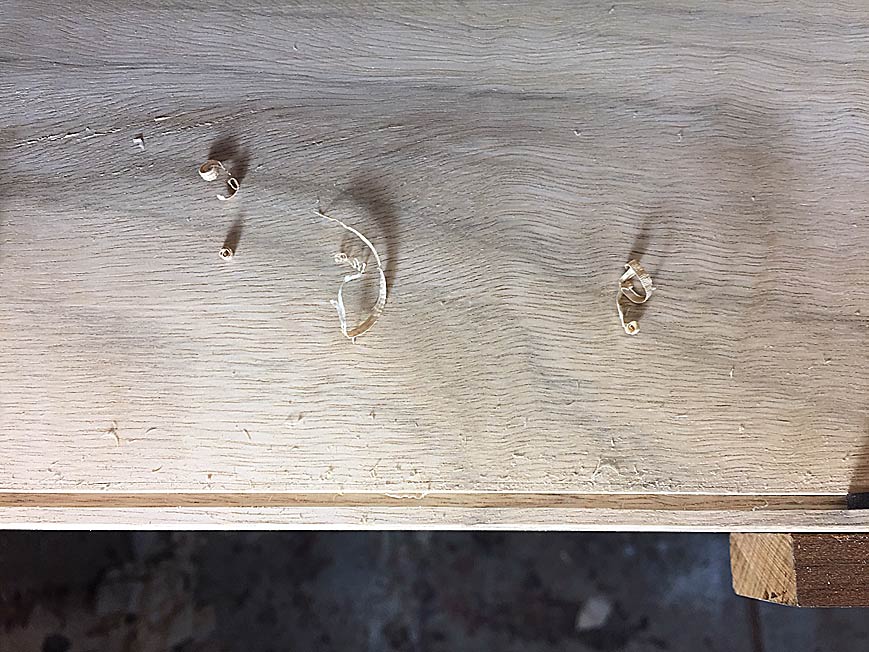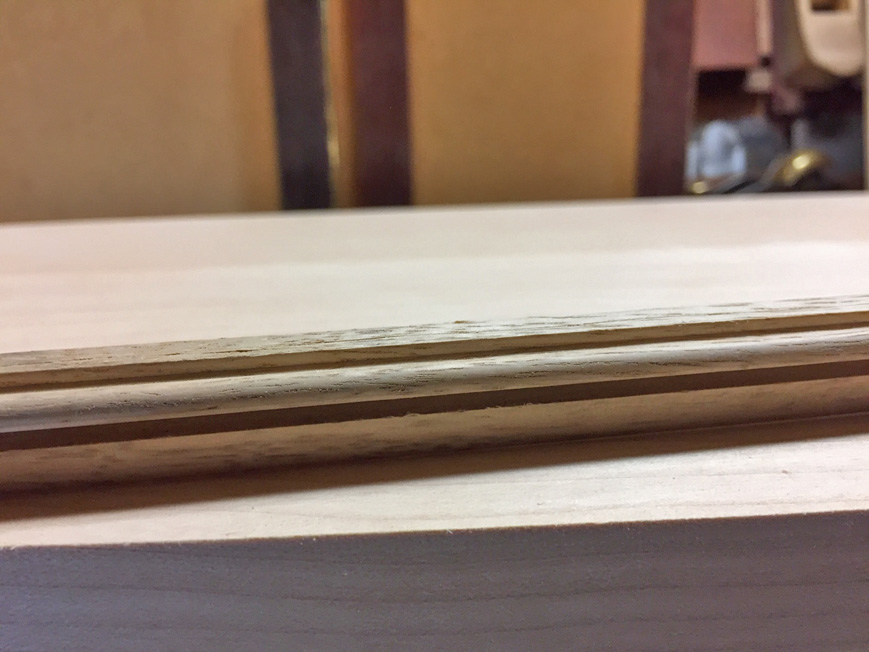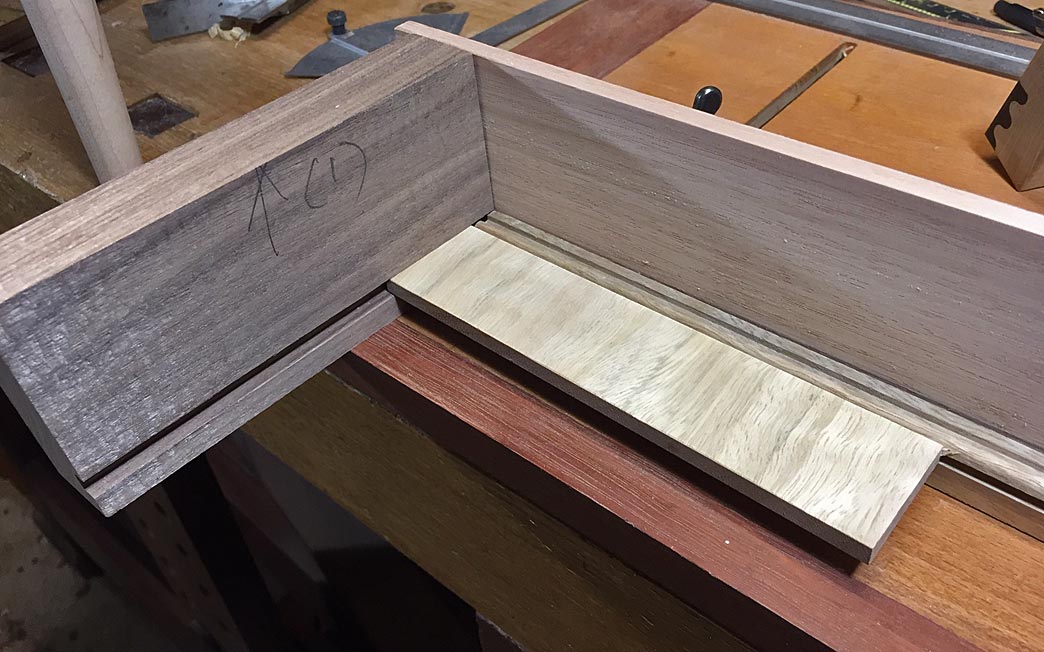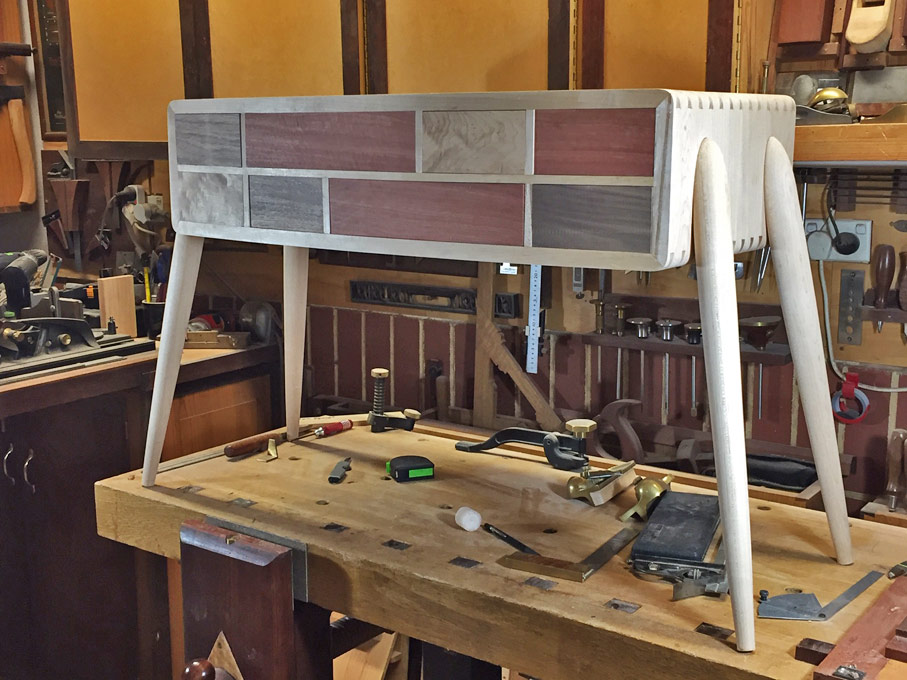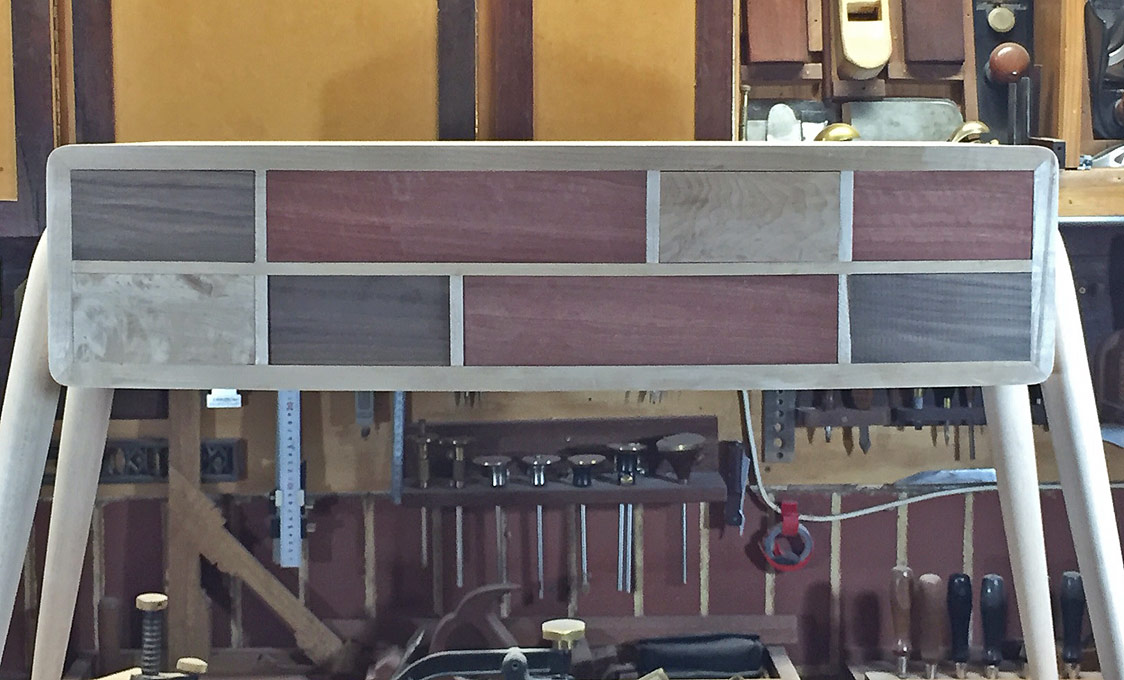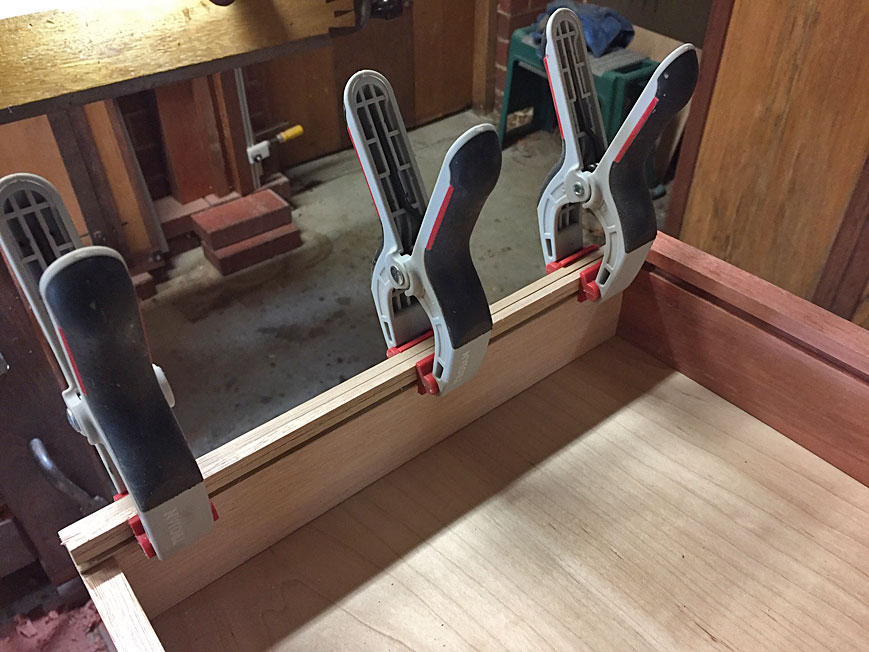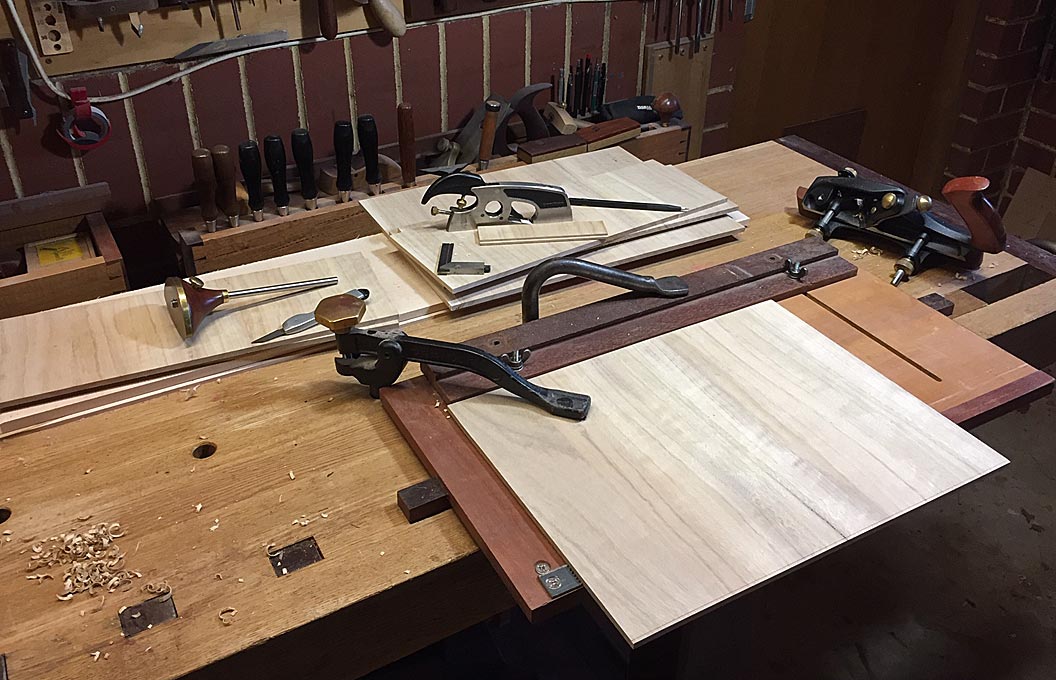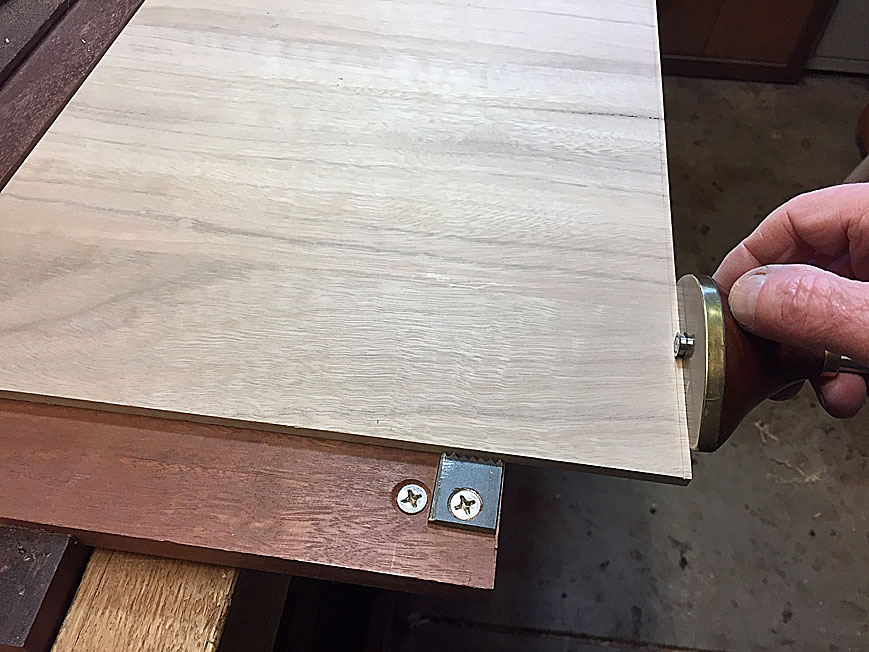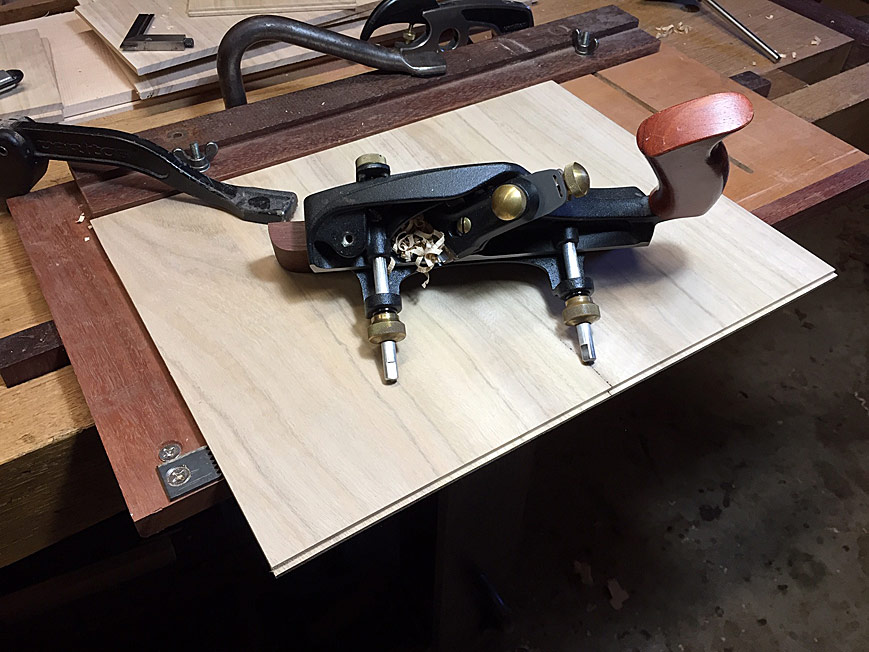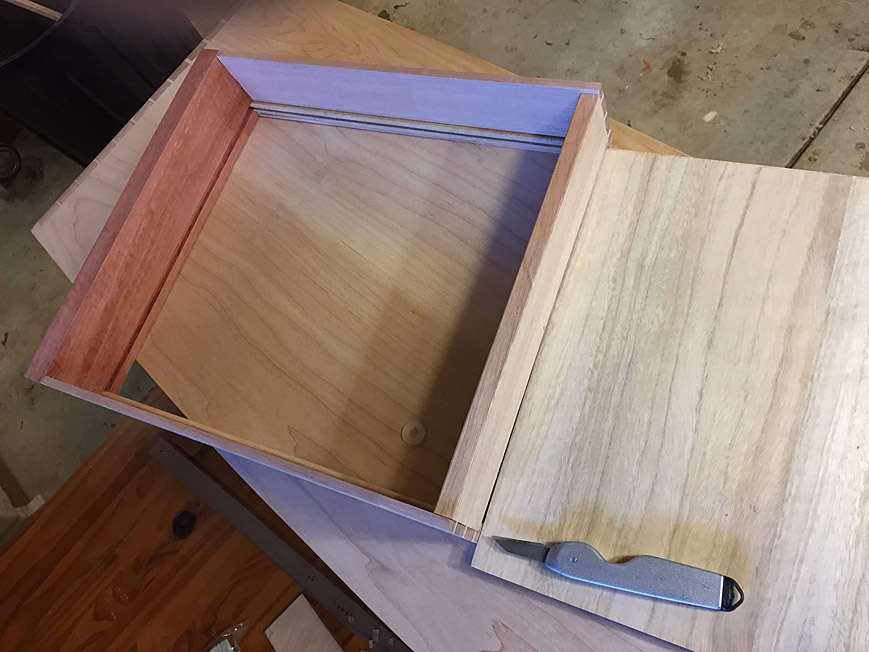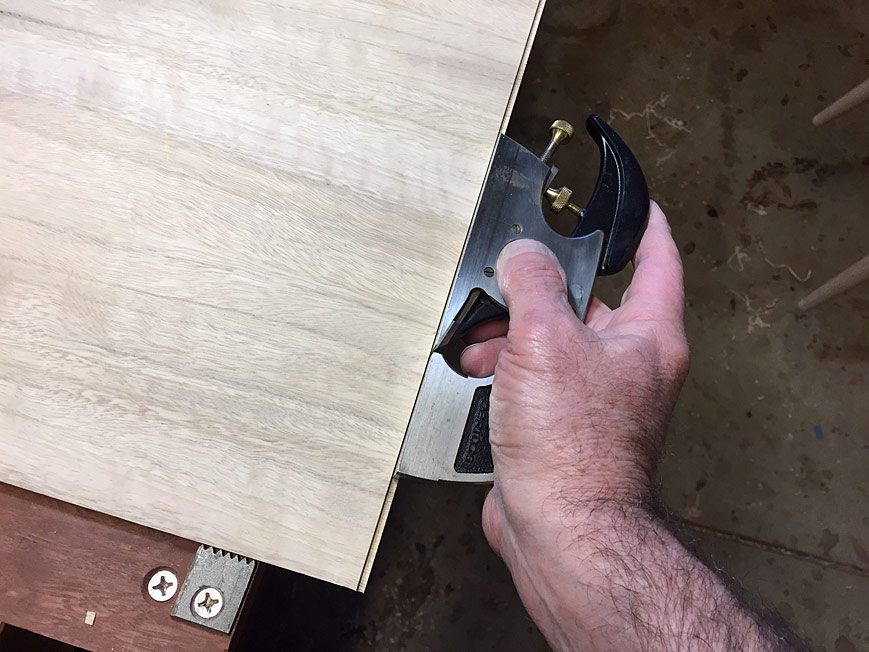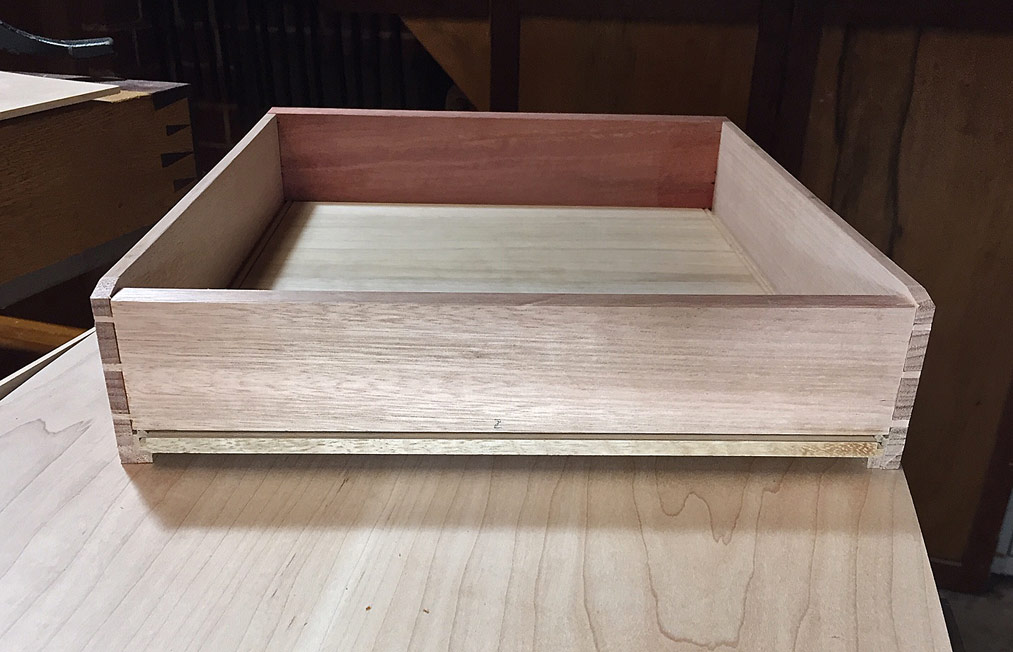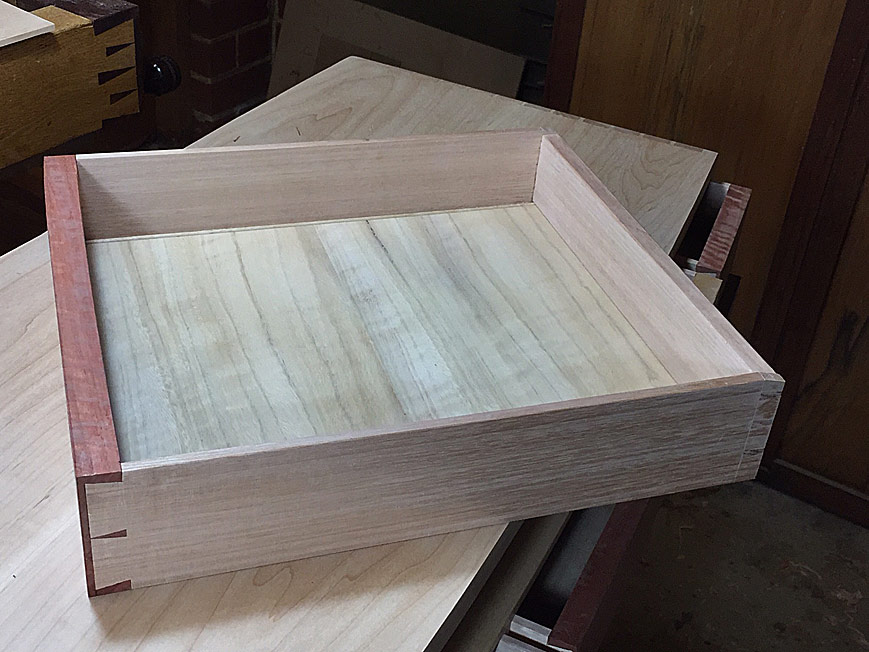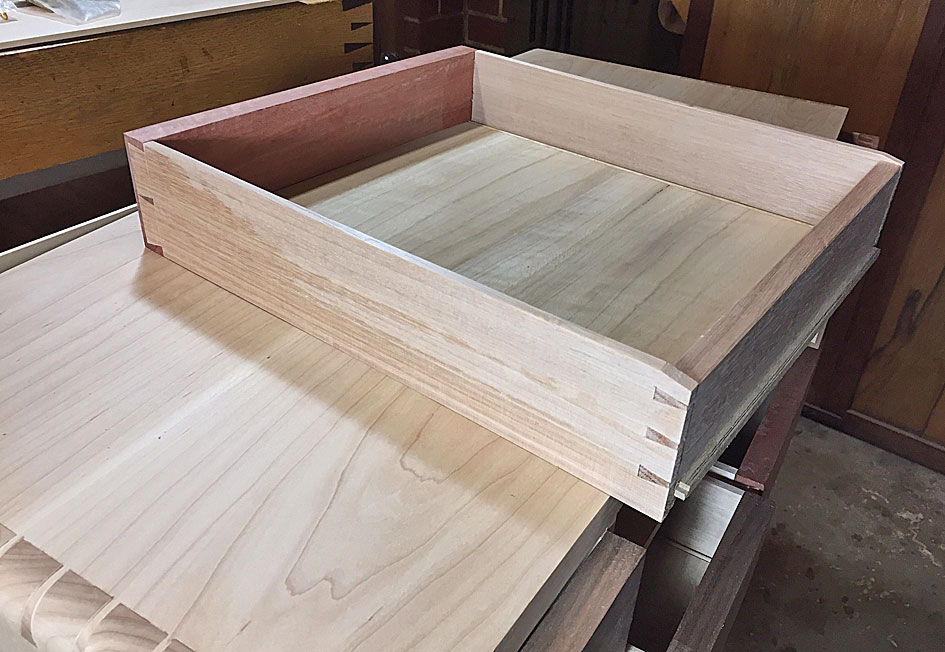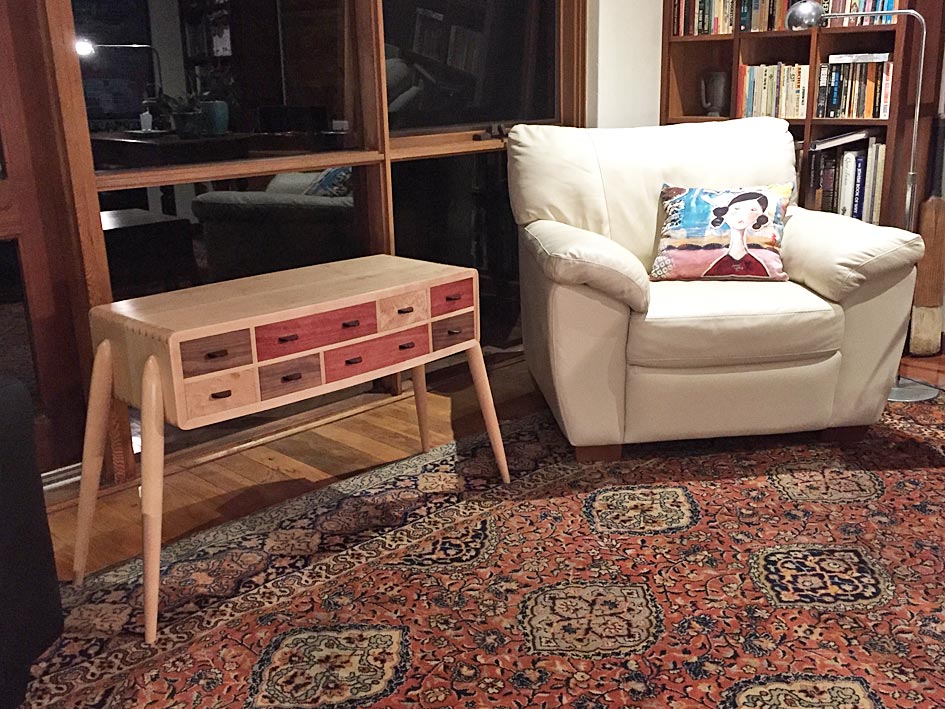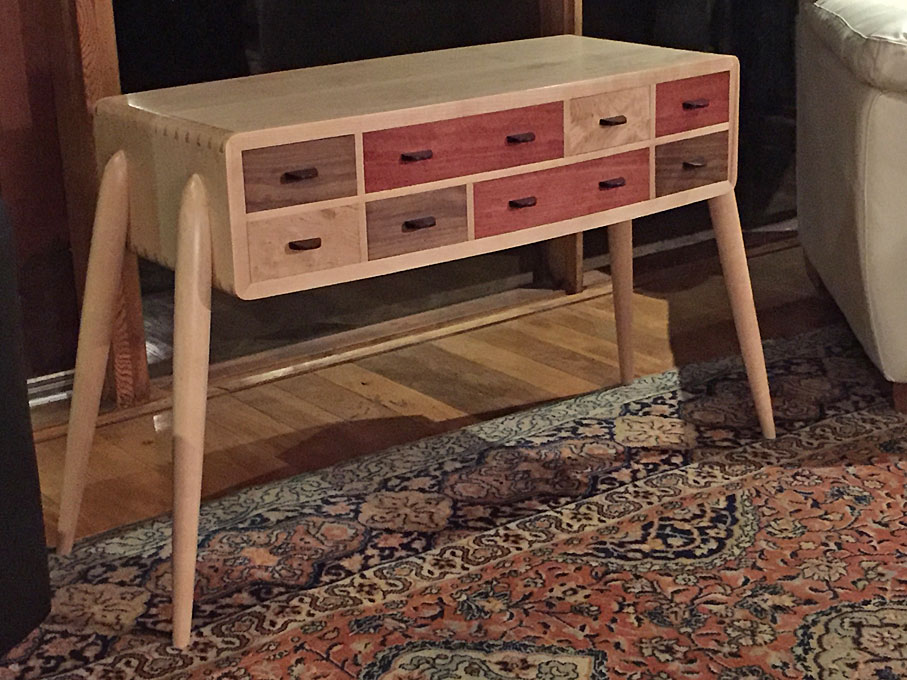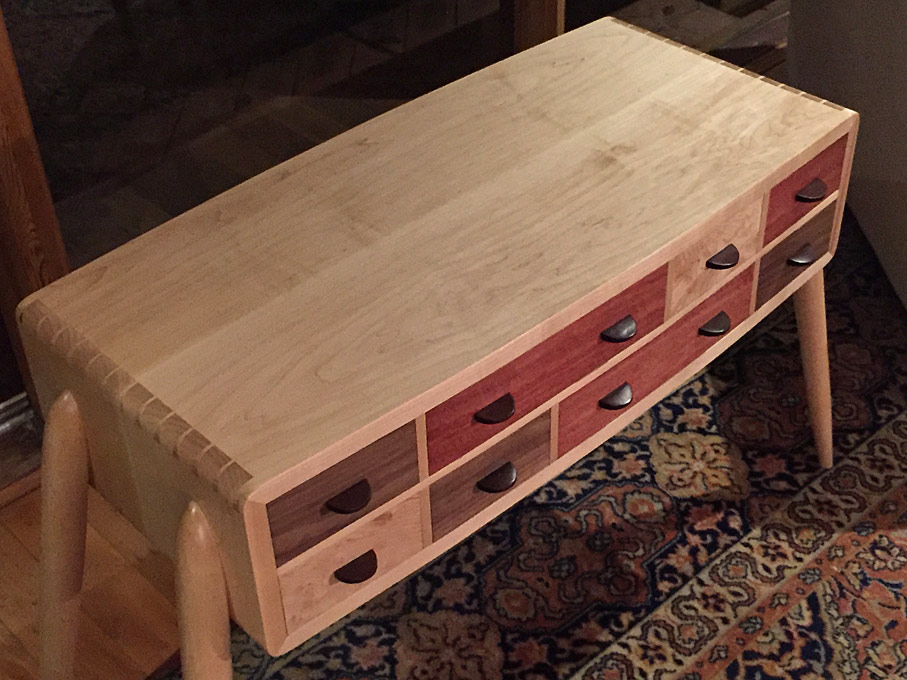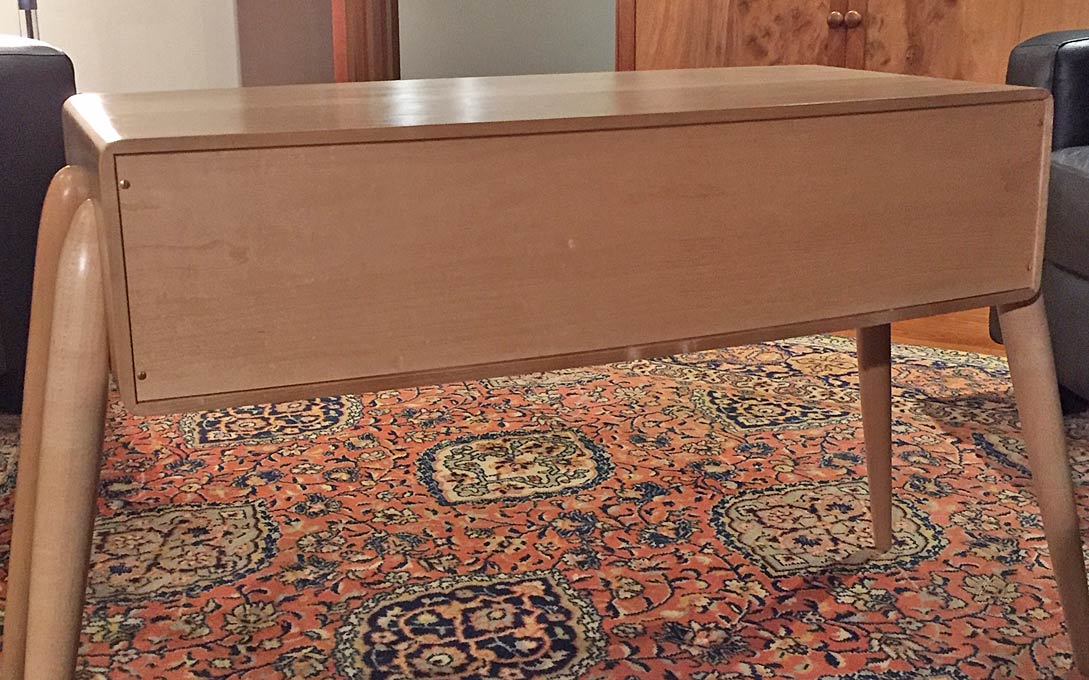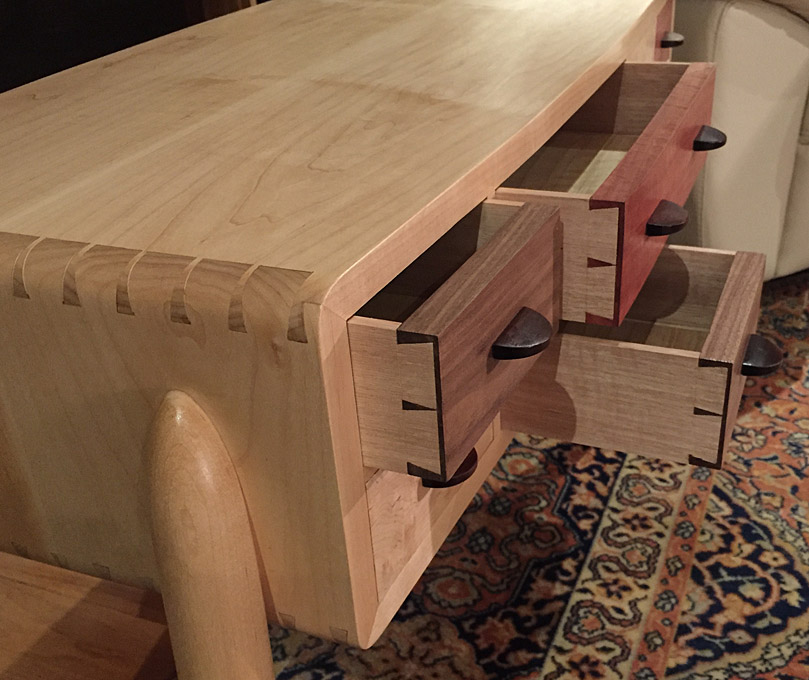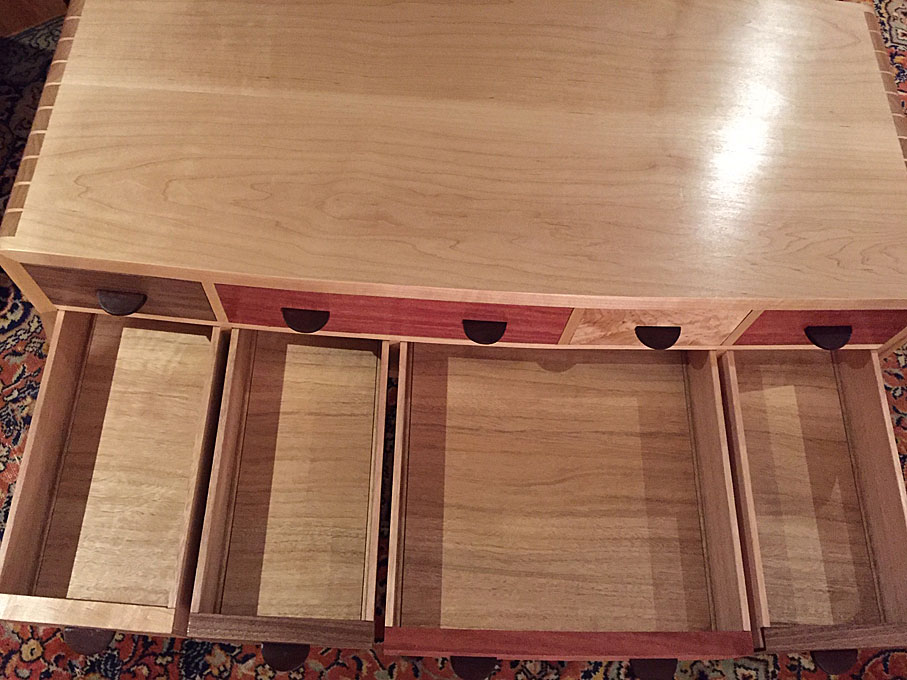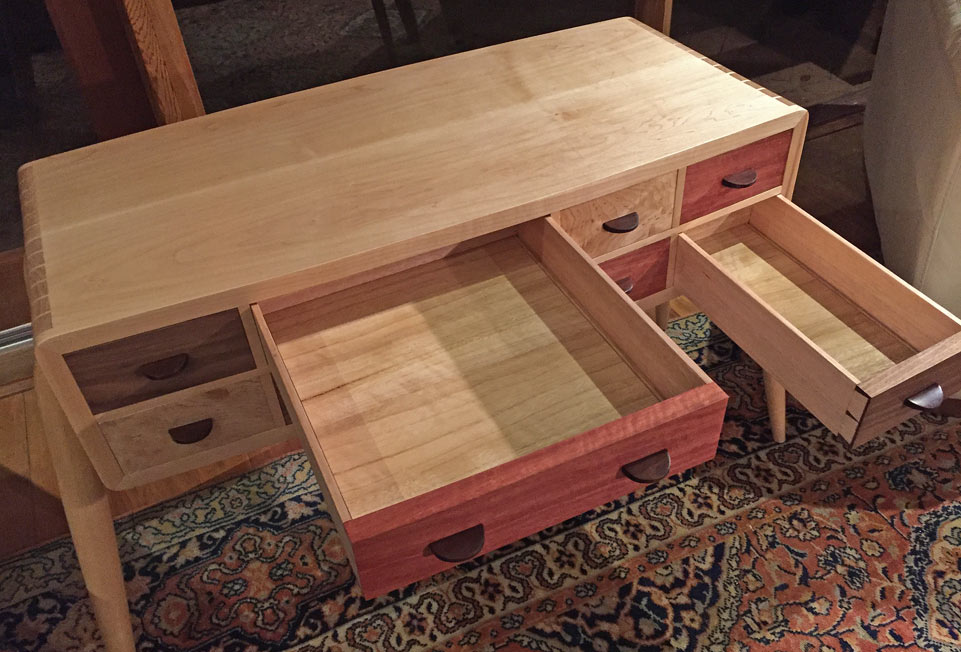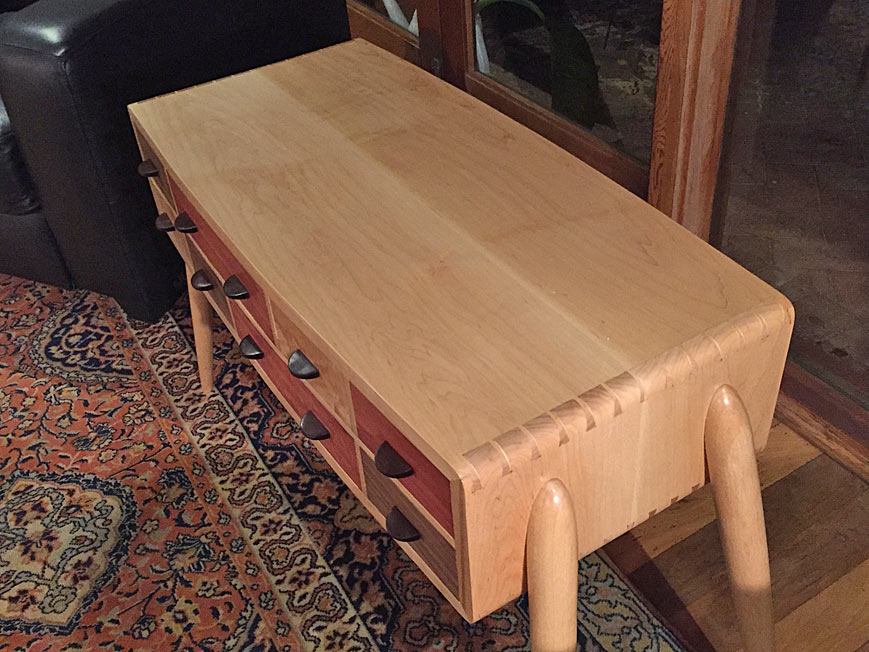custard
Established Member
I'd use a plane, with a tiny bit of finishing with sandpaper.
None the less the file suggestion is an interesting one. The recommended method at the Barnsley Workshop for rounding the short, vertical arris of, say, a table top (in other words the edge between the end grain side and the long grain side) is with a fine file rather than abrasive paper. The reason being it's too easy to dub over a corner with sandpaper, but with a file you'll be more likely to execute a clean roundover.
Another interesting thing about the Barnsley way of working is that they generally look for the hardest, flattest possible backing for abrasive paper. So before buying a random orbit sander check that it has a hard pad option, and keep a stock of adhesive backed abrasive paper and stick it to MDF then trim it precisely.
None the less the file suggestion is an interesting one. The recommended method at the Barnsley Workshop for rounding the short, vertical arris of, say, a table top (in other words the edge between the end grain side and the long grain side) is with a fine file rather than abrasive paper. The reason being it's too easy to dub over a corner with sandpaper, but with a file you'll be more likely to execute a clean roundover.
Another interesting thing about the Barnsley way of working is that they generally look for the hardest, flattest possible backing for abrasive paper. So before buying a random orbit sander check that it has a hard pad option, and keep a stock of adhesive backed abrasive paper and stick it to MDF then trim it precisely.




